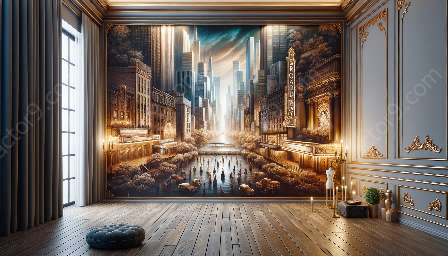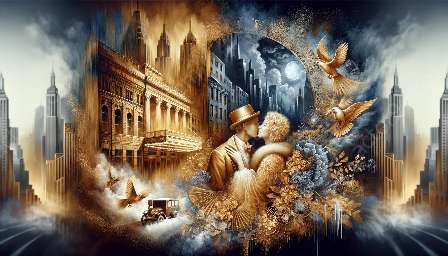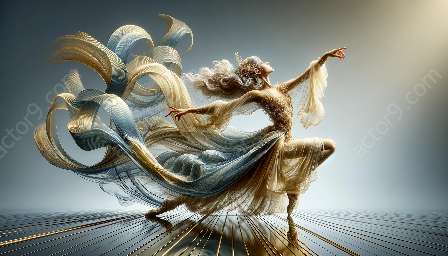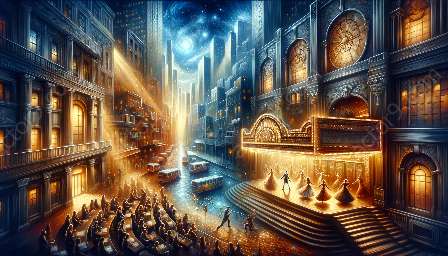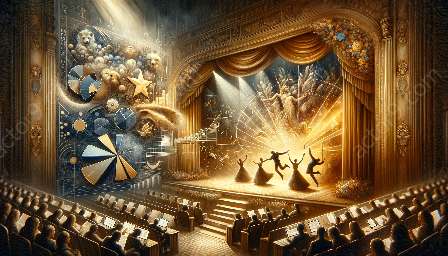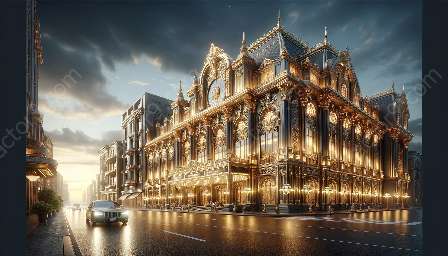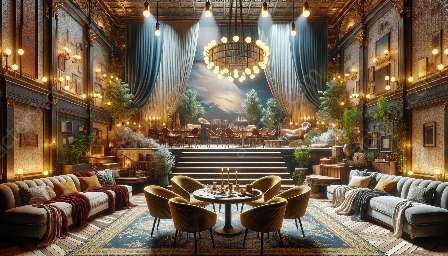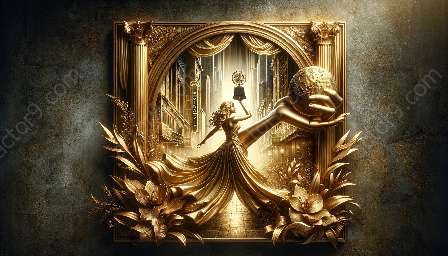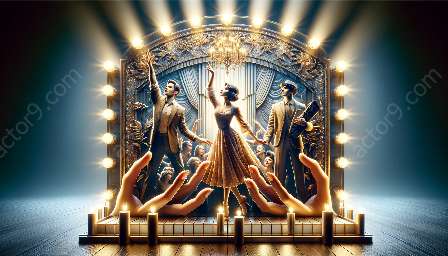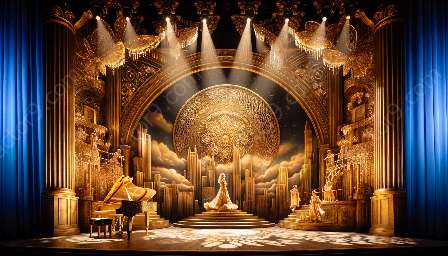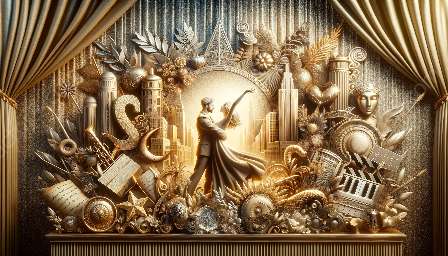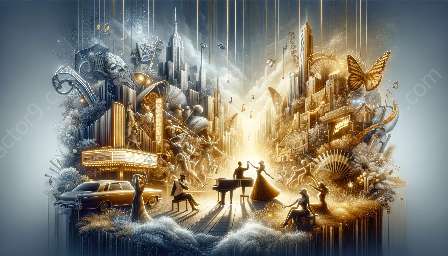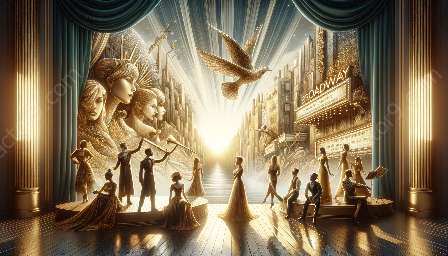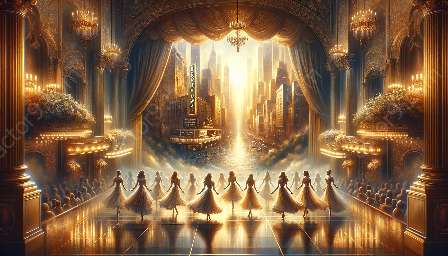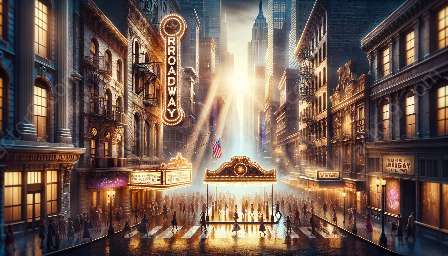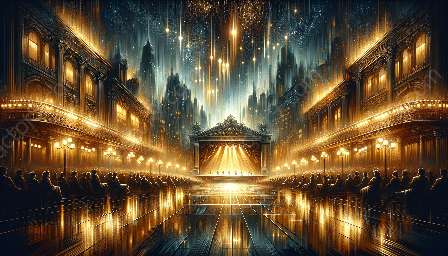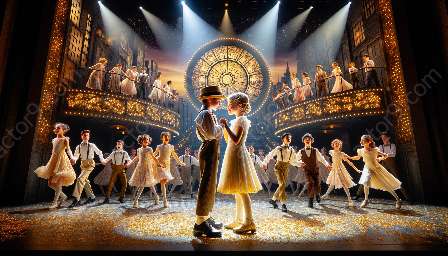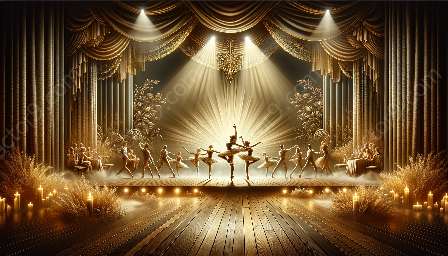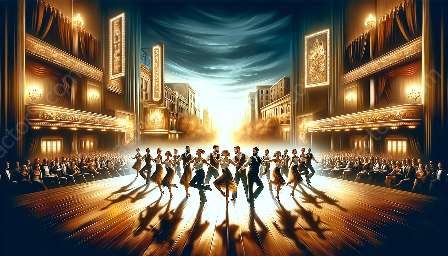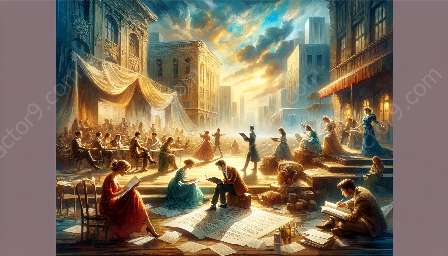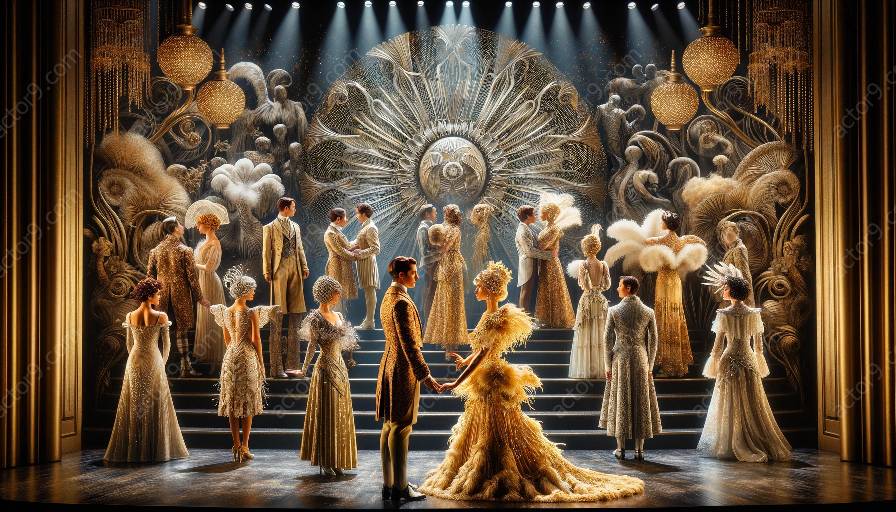Broadway costume design plays a crucial role in creating visually striking and narratively meaningful characters in musical theater productions. The use of symbolism and semiotics in costume design adds depth and significance to the characters and the overall storytelling. This article will delve into the fascinating world of symbolism and semiotics in Broadway costume design, highlighting its significance, impact, and its integration with the broader realms of costume design for Broadway musicals and the world of Broadway and musical theater.
The Significance of Symbolism and Semiotics in Costume Design for Broadway Musicals
In the world of Broadway, costumes serve as visual representations of the characters, their personalities, and their journeys throughout the production. Symbolism and semiotics in costume design are essential elements that amplify the storytelling in musical theater. Through the clever use of colors, patterns, and motifs, costume designers can convey deeper meanings and evoke emotional responses from the audience.
For example, the choice of color in a costume can symbolize a character's emotional state or their role in the narrative. Bright and vibrant colors may convey joy and exuberance, while dark and somber hues can signify sorrow or internal conflict. Additionally, patterns and motifs can be strategically incorporated into costumes to represent cultural backgrounds, historical contexts, or thematic elements of the production.
Impacts on Characterization and Narrative
Symbolism and semiotics in Broadway costume design greatly influence character development and narrative progression. Costumes act as a visual language that communicates the essence of a character, their relationships, and their evolution throughout the story. Through the meticulous selection of fabrics, accessories, and details, costume designers infuse layers of meaning into each costume, enriching the audience's understanding of the characters and their roles within the narrative.
Furthermore, the use of semiotics in costume design helps establish visual cues that guide the audience's interpretation of the story. Whether through the use of iconic symbols, cultural references, or historical elements, costumes provide visual signifiers that enhance the audience's engagement and comprehension of the narrative.
Integration with the Broader Realm of Broadway and Musical Theater
Costume design for Broadway musicals intersects with various aspects of production, including set design, lighting, and choreography, to construct a cohesive and immersive theatrical experience. Symbolism and semiotics in costume design serve as integral components that harmonize with other creative elements to convey the production's overarching themes and messages.
Furthermore, costume design in Broadway and musical theater often reflects the zeitgeist and cultural contexts of the time, contributing to the richness and diversity of the storytelling. Through the keen incorporation of symbolism and semiotics, costume designers not only elevate the visual aesthetics of a production but also contribute to the cultural discourse and the societal relevance of the theatrical performance.
In Conclusion
The role of symbolism and semiotics in Broadway costume design is an enchanting and vital aspect of the overall theatrical tapestry. By harnessing the power of symbolism and semiotics, costume designers infuse depth, meaning, and cultural resonance into the characters and narratives of Broadway musicals. As audiences continue to be captivated by the spectacle of Broadway, the artistry of costume design, with its profound use of symbolism and semiotics, will undoubtedly remain a cornerstone of the mesmerizing world of musical theater.

